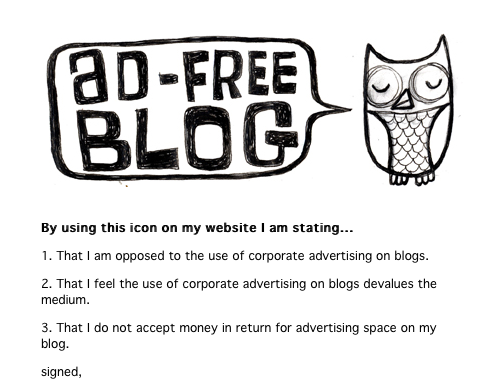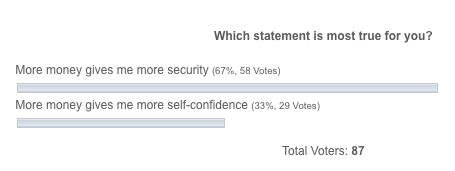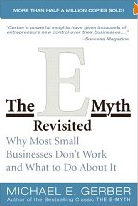 Well, I did ask for it, and the first cab off the rank for the ‘diss Adrian party’ is Dan who thinks that one of my favorite posts – Contrary to Popular Opinion, Paying Off Your Mortgage Is The Dumbest Move You Can Make – is ‘ridiculous’. Seriously, thanks for opening up an important new discussion with this comment, Dan:
Well, I did ask for it, and the first cab off the rank for the ‘diss Adrian party’ is Dan who thinks that one of my favorite posts – Contrary to Popular Opinion, Paying Off Your Mortgage Is The Dumbest Move You Can Make – is ‘ridiculous’. Seriously, thanks for opening up an important new discussion with this comment, Dan:
This is ridiculous. The author apparently believes he is untouchable and will never lose his job, get sick, or die.
You can do all the complex math you want, but the simple fact of the matter is that Risk is the biggest variable, and I don’t see it show up in your equation once.
Don’t be stupid America, and dont prescribe to a system that encourages you to continue owing people money long after you need to.
Pay off your house, free up some income, then pay off your credit cards, pay off your car, and be a happier, less stressed individual.
Hmmm …. paying off your mortgage as a ‘risk management tool’?
Before we even consider why anybody in their right mind would pay off a (say) 8% mortgage before paying off a (say) 19% credit card or car loan, let’s review the substance of my “don’t pay down your mortgage early” argument:
Look at everything that you own as a business: if it’s your own home, separate the ownership of the property in your mind from it’s use …
… for example, even if it’s your own home, treat yourself as your own tenant and figure the rent that you would otherwise had to pay when doing the sums.
Then evaluate the investment against any other investment or ‘business’ …
… but, if you’re still trying to get rich(er) quick(er)?
If you own a home, don’t pay it off … use the upside to help you buy more and more of these wonderful, one-of-a-kind, almost-too-good-to-be-true ’businesses’ …
If you have other sources of income (businesses, investments) don’t spend it or reinvest all of it … use some of the spare cash to help you buy more and more of these wonderful, one-of-a-kind, almost-too-good-to-be-true ’businesses’ …
That’s my advice to you, but only take it if you want to be rich!
But, Dan says that the ‘math’ matters not, you should consider what happens if you “lose [your] job, get sick, or die”. Well, what happens?
If you have paid out your mortgage, your money is locked in the safest bank vault imaginable … all you have to do it sell the home to access the cash. Just pray that the market is an up market and not a down market, when these events outside of your control force you to sell. Or, would YOU prefer to choose the timing? Hmmm …
Of course, you could just borrow some money against the house; but then, aren’t you now putting yourself in EXACTLY the financial situation that Dan wants you to avoid: i.e. “owing people money long after you need to”?
And, even if you still do want to use your Zero Mortgage Bank, what are the chances of the bank actually lending you (or your survivors) any money when you are jobless, sick, or dead?
Oh, and let’s say that you do happen to be unfortunate enough to “lose [your] job, get sick, or die” while you are still in the 10-15 year period when you are well ahead of the 30-year payment curve, but haven’t paid off the mortgage in full, yet? How easy will it be to refinance, or even convince your bank to hold payments for you? Even if you THINK they will, you had better be certain 😉
What do you reckon? Dan’s on the right track? C’mon, be honest … would you feel safer paying off your mortgage early, or letting it ride?





 Real-estate development is a risky BUSINESS, but it can be very lucrative and – provided the market doesn’t turn on you, hence the risk – you can predetermine HOW MUCH money you are likely to make and WHEN you can expect to have it sitting in the bank. All in all, not a bad MM201 activity … one that scales from small projects to large ones.
Real-estate development is a risky BUSINESS, but it can be very lucrative and – provided the market doesn’t turn on you, hence the risk – you can predetermine HOW MUCH money you are likely to make and WHEN you can expect to have it sitting in the bank. All in all, not a bad MM201 activity … one that scales from small projects to large ones.